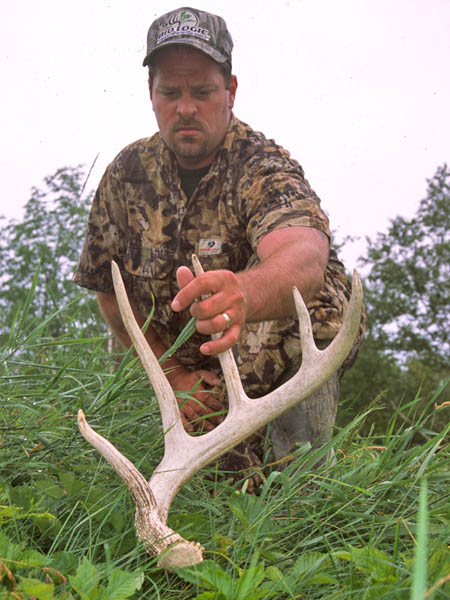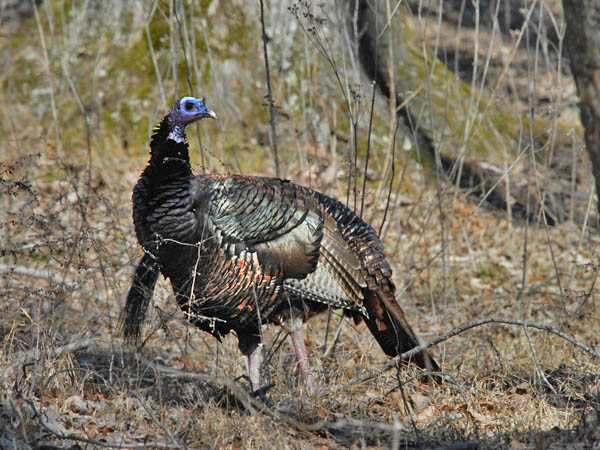
John Phillips | March 12, 2012
Searching for shed antlers and/or hunting bucks without a gun when the season is over will help you compile the most complete information about the whereabouts of deer on your hunting property. Well-known deer manager and writer, Bob Zaiglin of Uvalde, Texas, a certified wildlife biologist, has overseen numerous Texas ranches through the years. According to Zaiglin, hunting sheds helps you learn where deer are concentrated on any particular piece of property. The area where you find the most sheds will be the regions where you will discover the most deer. Also sportsmen can pinpoint the corridors deer are using to enter agricultural fields to feed, water and bed, and the places where the deer are hiding from hunting pressure.
“By hunting sheds, a sportsman may find a rack that will score very high on Boone and Crockett, and that buck never even may have been seen during hunting season.” Bob Zaiglin says. By knowing a trophy buck is in an area, a hunter can concentrate his hunting time the next season in the general region where he's found the trophy's shed antler. In the West, I find many sheds around watering holes and along fence lines. Often when deer are jumping fences, they'll knock their antlers off. To locate the shed antlers of trophy bucks, you generally must go into the thicker spots to look for them. One of the problems with locating big sheds in heavy cover is that rodents are more abundant in thick areas and will consume those antlers at a rapid rate after the deer have shed them.
Although the dream of most shed hunters is to find a matched pair of trophy antlers, very rarely do deer shed both antlers at the same time and in the same place. I’ve also discovered some dead trophy deer while hunting sheds. One time, I picked-up both sides of a 14-point buck that scored 176-points non-typical on Boone and Crockett. A shed hunter will find these dead deer will include not only deer that may have been wounded during hunting season, but also some deer that have died of natural causes. Remember you're hunting sheds after the rut.
During the rut in regions with big deer, the trophy bucks generally will be beaten-up badly during mating season. They may have to fight on a daily or a bi-weekly basis, and the bigger, dominant buck must fight more often to prove his dominance. These big old bucks are not invincible. They may develop an infection after being pierced by the antler of a rival. In this weakened condition, they can be attacked and killed by predators like coyotes.
A buck can lose as much as 25 percent of his body weight during the rut, which is also the time of the year in many areas of the country when the snowfalls are the heaviest. Also some deer, especially trophy deer, simply die of old age, because they have escaped hunting pressure through the years and eventually die of natural causes just like humans do. Too, deer are accident-prone. Sometimes the deer will run into trees and kill themselves or become hung-up on fences and die. Heat and drought both affect deer adversely, and whitetails are susceptible to various parasites and diseases. The main reason you find these dead deer when hunting sheds is because you are in the woods at the time the deer generally die-off.”



























